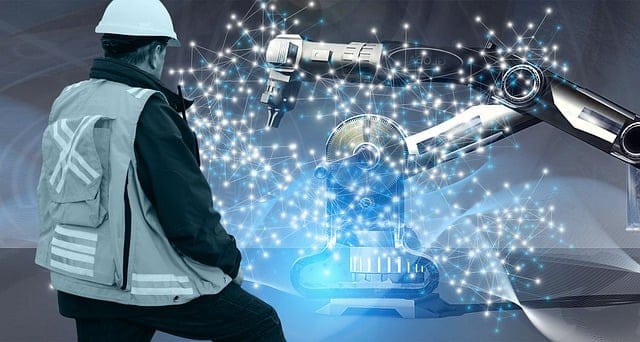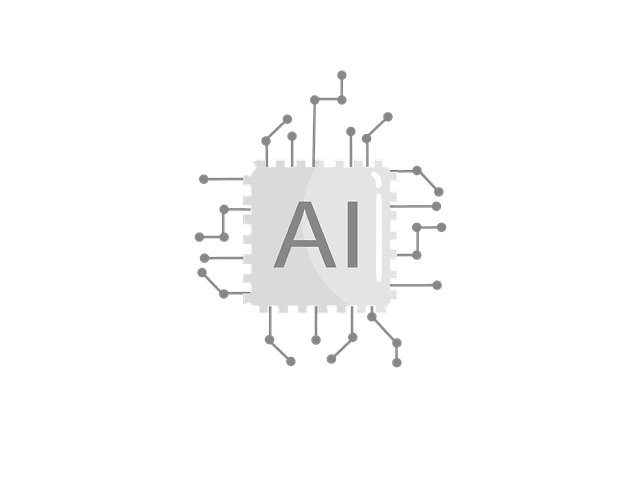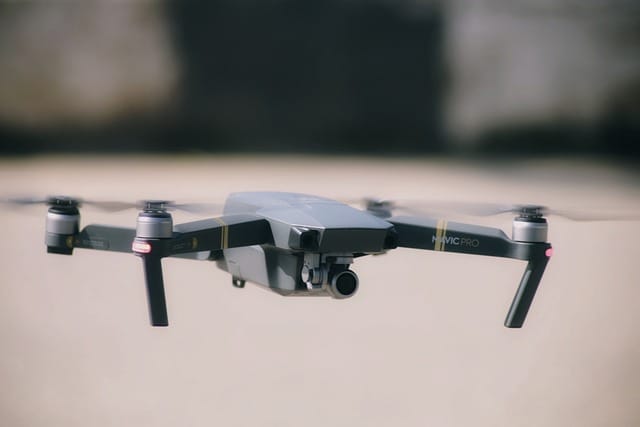First off, let’s talk about carbon footprint tracking. AI algorithms can process data from various sources, including transportation and energy consumption, to give us a clearer picture of emissions. It’s like having a detailed map that shows which paths are spilling the most pollution. Armed with this knowledge, both individuals and companies can make informed choices, cutting down on their carbon output more effectively.
But that’s just scratching the surface! Ever heard of precision agriculture? AI can be the farmer’s best friend, analyzing soil health, weather patterns, and crop yields. It helps farmers use resources more wisely—like water and fertilizers—reducing waste and boosting productivity. Think of it as giving farmers a pair of high-tech glasses that show them exactly what their crops need to thrive.
And let’s not forget about energy management. AI can optimize energy consumption in buildings and factories, activating systems only when needed. Imagine your thermostat magically adjusting itself based on the weather outside—sounds convenient, right? This reduces energy waste and helps lower utility bills while benefiting the environment.
The coolest part? AI isn’t just about crunching numbers; it can also model climate scenarios, helping scientists predict future changes. This is like having a weather forecast but on a global scale, enabling governments and organizations to plan and implement effective policies. Each bit of data analyzed gets us a step closer to creating a more sustainable future, addressing climate change head-on.
Harnessing Innovation: How AI is Revolutionizing Climate Change Mitigation Strategies
Imagine a world where we can predict the weather with pinpoint accuracy or optimize energy consumption in real time. That’s the magic of AI. It analyzes huge chunks of data faster than you can say “greenhouse gases,” helping scientists understand climate patterns and trends. With AI, we can pinpoint the hotspots of carbon emissions and tackle them head-on. It’s as if we have a GPS guiding us toward the most effective ways to cut down on pollution.
But wait, there’s more! AI isn’t just crunching numbers; it’s also helping us develop innovative solutions. Think about smart grids that can adjust electricity usage based on real-time data—like a thermostat that learns your habits. This leads to better energy efficiency, ultimately reducing the carbon footprint. It’s like having a personal trainer for the planet, pushing us towards sustainable practices while keeping track of our progress.
And let’s not forget about agriculture. With machine learning, farmers can use precision techniques to reduce water usage and minimize chemicals, all while maximizing yields. It’s a win-win, like getting dessert without the guilt! By using drones and AI-powered sensors, farmers can monitor their crops and make informed decisions that benefit both their harvests and the environment.
From Data to Action: AI’s Pivotal Role in Combating Climate Change

Artificial intelligence isn’t just a buzzword; it’s a powerful tool that takes vast amounts of climate data and distills it into digestible insights. Think of it as having a personal climate consultant—one that sifts through mountains of information about temperature patterns, carbon emissions, and weather anomalies in mere seconds. Isn’t that incredible? With AI, we’re not just observing the climate crisis; we’re actively engaging with it.
Picture this: AI algorithms crunching numbers to predict extreme weather events before they hit. It’s like having a crystal ball that helps communities prepare for floods, droughts, and hurricanes, potentially saving lives and resources. And that’s not all. AI also helps businesses identify their carbon footprints, guiding them toward greener practices. It’s as if we’ve found a compass that points towards sustainability.
Moreover, AI-driven platforms monitor deforestation and wildlife movements, shining a light on the hidden aspects of environmental degradation. Just as a detective assembles clues, AI pieces together this data to reveal patterns, enabling scientists and policymakers to intervene when necessary.
So, the next time you hear about AI in the context of climate change, think of it as our trusty sidekick, transforming complex data into simple, actionable steps. Together, we can harness this technology to make informed choices, striking back against the threat of climate change. Isn’t it time we turned data into action?
Smart Solutions: The Impact of Artificial Intelligence on Environmental Sustainability
Let’s break it down: AI is like a super-smart assistant that can analyze mountains of data in a heartbeat. Think about predicting weather patterns or optimizing energy consumption—it’s like having a crystal ball that not only tells you the future but also helps you prepare for it. For instance, smart AI systems can analyze how much energy your home consumes and offer tips on reducing waste. Imagine saving money while also being a hero for the planet!
But that’s just the tip of the iceberg. AI is making waves in agriculture too. Picture farms equipped with precision farming tools that use AI to monitor crop health. This technology can identify diseases before they spread, all while using minimal resources. It’s like having a vigilant guardian that ensures we grow enough food while keeping our environmental footprint light.
And let’s talk about wildlife conservation. With advanced facial recognition technology, AI can track endangered species and monitor their habitats. It’s like having an extra pair of eyes watching over these precious creatures, helping to protect the biodiversity that’s crucial for a healthy planet.
So, when we think about smart solutions for our environmental challenges, AI isn’t just a helpful tool; it’s a game-changer. It’s clear that intelligent machines are becoming the unsung heroes of sustainability, leading us toward a brighter, greener future. Which of these innovations are you most excited about?
AI and the Green Revolution: Pioneering New Frontiers in Climate Action

Let’s think about farming for a moment. Traditional methods, while effective, can sometimes feel as outdated as a flip phone in today’s smartphone age. With AI, farmers can predict crop yields with stunning accuracy, monitor soil health in real-time, and even determine the optimal time for planting based on various environmental factors. It’s like having a crystal ball that helps them make smart, eco-friendly decisions. Plus, with AI-driven drones soaring above fields, they can assess crop conditions from above, spotting problems before they balloon into disasters.

What about reducing waste? AI steps in here, too! By optimizing supply chains, it minimizes the carbon footprint associated with transporting food. Think about it: fewer trucks on the road mean less pollution. And let’s not overlook smart irrigation systems that use AI to deliver the precise amount of water crops need, dramatically reducing water waste. It’s like giving plants a drink just when they need it, ensuring they thrive without guzzling resources.
But the magic doesn’t stop there. From predicting climate patterns to designing energy-efficient buildings, AI is redefining how we tackle climate challenges. It’s like having a superhero on our side, equipped with the ability to analyze mountains of data and suggest actionable solutions that can save our planet. Isn’t it amazing how technology can turn the tide in our fight against climate change? The future is indeed bright, and with AI leading the charge, the possibilities are endless.
Predicting the Future: How AI Models Are Shaping Climate Resilience Plans
So, how exactly are these AI models reshaping climate resilience plans? Picture this: you’re trying to prepare for the next hurricane, but how do you know where it’ll hit? AI swoops in, sifting through decades of weather data, satellite images, and ocean temperatures to deliver insights that help communities prepare better. It’s like having a guide in a dense jungle, telling you where the safest paths are and where to avoid the quicksand.
Moreover, AI doesn’t just stop at predicting natural disasters. It’s analyzing ecosystems, tracking wildlife migrations, and even figuring out how much carbon is emitted from various industries. This is like having a second brain that can provide crucial information faster than any traditional method. Why guess when you can know?
Urban planners, farmers, and policymakers are now harnessing these insights to create resilient cities and sustainable agricultural practices. Imagine a farmer in drought-prone areas adjusting their planting schedules based on AI predictions. They are not just surviving; they’re thriving!
Frequently Asked Questions
How Can AI Help Reduce Greenhouse Gas Emissions?
Artificial intelligence can play a pivotal role in minimizing greenhouse gas emissions by optimizing energy consumption, enhancing transportation efficiency, and enabling smarter resource management. By analyzing vast amounts of data, AI can identify patterns and suggest innovative solutions to reduce waste and increase sustainability across various industries.
How is AI Improving Climate Prediction Models?
Artificial intelligence enhances climate prediction models by analyzing vast amounts of data quickly and accurately. It identifies complex patterns and relationships within climate data, leading to improved forecasts. AI techniques, such as machine learning, allow for the integration of diverse datasets, refining the predictions and enabling more proactive responses to climate change impacts.
What are the Key Applications of AI in Climate Change Mitigation?
Artificial Intelligence plays a crucial role in combating climate change by enhancing energy efficiency, optimizing resource management, improving climate modeling, and enabling smart grid technologies. Its applications include predictive analytics for renewable energy production, monitoring and managing emissions, and facilitating climate adaptation strategies through data insights.
How Can Businesses Leverage AI for Sustainability Efforts?
Businesses can utilize AI to enhance sustainability by optimizing resource usage, reducing waste, and improving energy efficiency. Machine learning algorithms can analyze data to identify patterns and predict outcomes, enabling companies to make informed decisions that minimize their environmental impact. Additionally, AI can help streamline supply chains and enhance recycling processes, contributing to overall sustainability goals.
What Challenges Does AI Face in Addressing Climate Change?
AI encounters various challenges in combating climate change, including data limitations, the need for robust algorithms, and the complexity of environmental systems. Ensuring the accuracy and reliability of AI models is crucial, as is integrating interdisciplinary knowledge. Additionally, ethical concerns surrounding data use and the equitable distribution of AI benefits pose significant hurdles.







